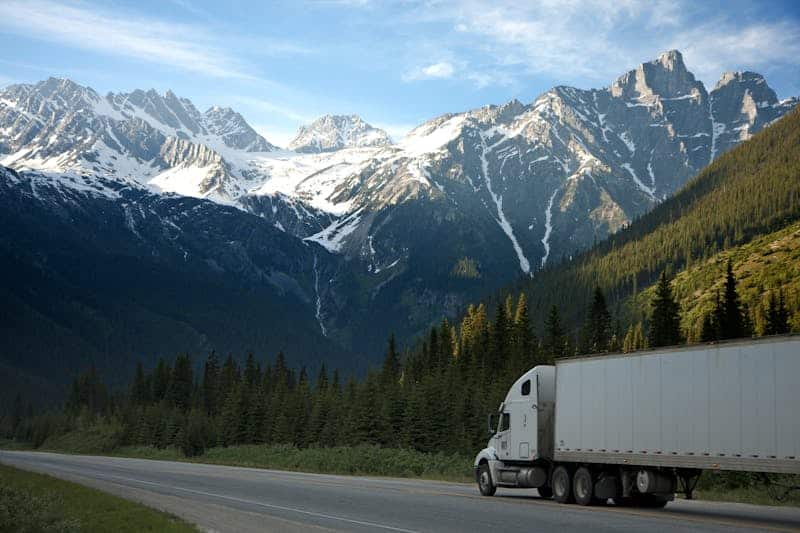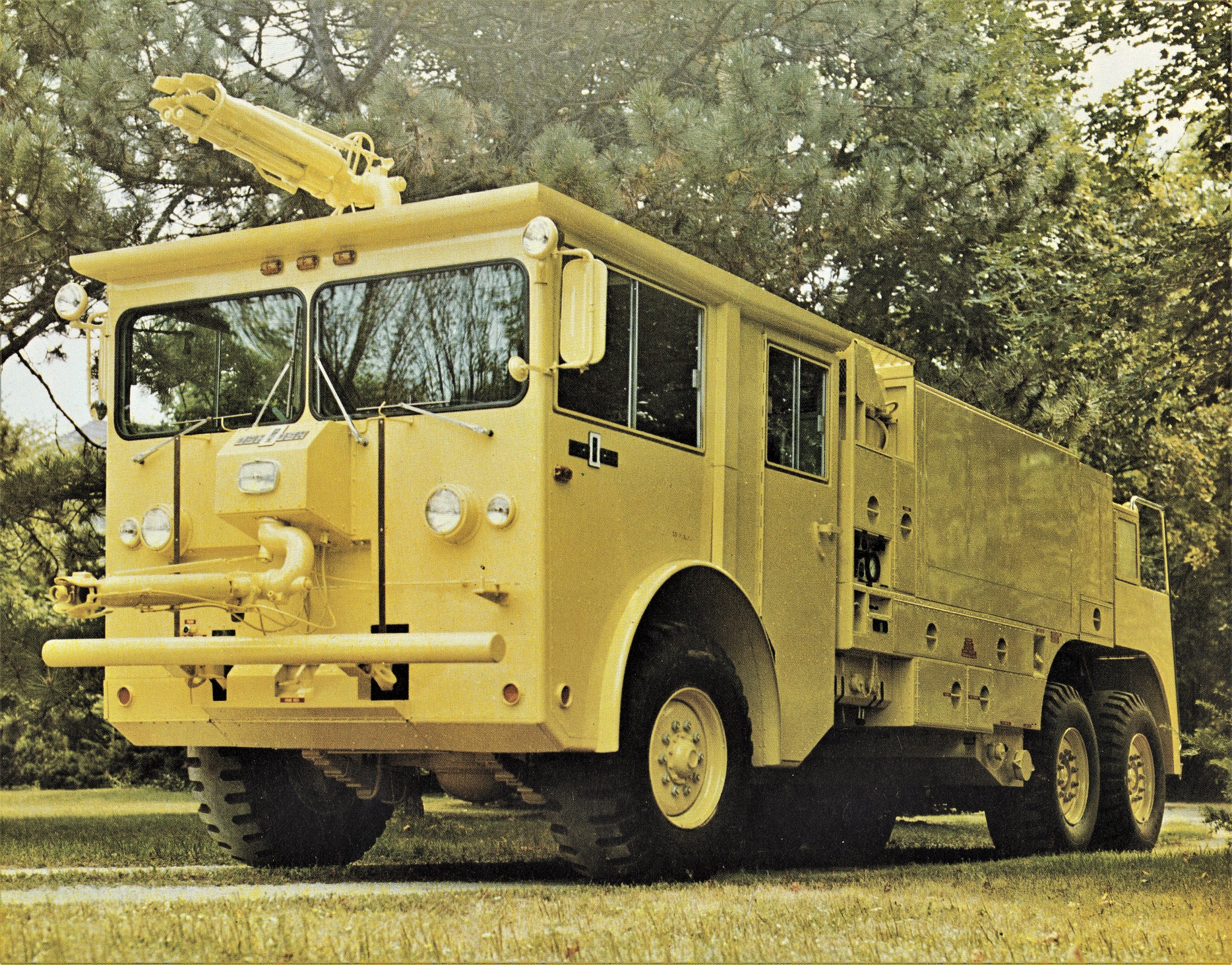The framework of federal regulations for large trucks is designed to ensure that the highways of the United States remain safe and operational. These regulations govern the size, weight, and operation of commercial motor vehicles (CMVs), affecting everyone from long-haul truckers to daily commuters.
This guide provides a comprehensive overview of these rules, detailing their importance, development over time, and the agencies that enforce them.

Data About Truck Accidents in the US
| Category | Statistics |
|---|---|
| Total Truck Accidents | 168,320 in 2022 |
| Truck Accidents by State | Texas had the most in 2022 |
| Truck Accidents with Injuries | 32% resulted in injuries, 76,180 individuals injured |
| Fatal Truck Accidents | 5,370 fatalities in 2022 |
| Occupant Types in Injuries | Roughly 71% from occupants in other vehicles, 27% from occupants of the large truck, 2% from other individuals |
| Percentage of Truck Accidents Resulting in Injury | 32% in 2022 |
| Fatal Truck Accidents Involving Alcohol | 2.4% in 2022 |
| Fatal Truck Accidents by State | Texas had the most in 2022 |
Evolution and Impact of Trucking Regulations
The regulatory landscape for large trucks in the United States has been shaped by decades of legislative action and policy development.
This section explores the historical milestones that have defined this evolution, emphasizing how past experiences have paved the way for current standards.
Understanding this history not only helps us appreciate the complexities of transportation law but also prepares us for future changes that could affect the industry.
Federal Size Regulations
As we dive deeper into the specifics of federal regulations for large trucks, understanding the size limitations set by the federal government is crucial. These rules are foundational for maintaining road safety and efficiency.
The size regulations cover various aspects such as width, length, and other dimensional requirements, each tailored to ensure that vehicles fit safely on highways and interact well with infrastructure.
Width Requirements
Federal width regulations for commercial motor vehicles (CMVs) specify that trucks must not exceed a width of 102 inches on the National Network (NN) and reasonable access routes, except in Hawaii, where the limit is 108 inches.
These limits help ensure that vehicles can safely pass each other on the road and through various infrastructures without causing accidents or obstructions.
Why does this matter? Wider vehicles often require special handling and may pose risks to road structures and other motorists.
Length Requirements
Length regulations are equally important in the federal framework governing large trucks.
For instance, truck tractor-semitrailer combinations are subject to minimum length standards that states must allow on the NN and reasonable access routes.
These standards ensure that trucks are long enough to be economically viable yet not so long that they become hazardous on the roads.
What happens if a state wants to impose stricter regulations? They cannot, as federal law provides minimum standards that ensure uniformity across state lines, reducing confusion and enhancing compliance.
Route Designations and Access
Understanding where large trucks can legally operate is essential for compliance with federal regulations.
The U.S. federal government has designated specific networks and access points where commercial motor vehicles (CMVs) can travel, reflecting a balance between national transportation efficiency and local traffic management.
This section delves into the National Network and reasonable access provisions, outlining what these mean for truck operations.
National Network (NN)
The National Network (NN) consists of routes approved for travel by large trucks, including the Interstate Highway System and certain other roads deemed suitable.
Established under the Surface Transportation Assistance Act of 1982, the NN aims to facilitate the efficient movement of goods across state lines while minimizing impact on road infrastructure.
The inclusion of roads in the NN is based on their ability to safely accommodate large vehicles—ensuring they have adequate structural integrity and clearance.
What does this mean for truck operators? They can expect a consistent set of route options across states that accommodate the standard dimensions and weights of large trucks.
Reasonable Access
Reasonable access refers to the allowance for CMVs to travel off the NN to reach facilities necessary for their operations, such as terminals and service stations, up to a reasonable distance usually defined by state regulations. This access must be granted without undue burden on the carrier, as long as safety standards are met.
States are responsible for determining the specific routes that provide this reasonable access, considering factors like road safety and local traffic conditions.
Why is this important? It ensures that while the main travel routes for large trucks are standardized, there’s still flexibility to support logistical needs, like loading and unloading goods.
Specific Vehicle Types and Provisions
Learning about the regulations that apply to specific types of commercial motor vehicles (CMVs) is crucial for ensuring compliance and optimizing operational efficiency.
This section focuses on the rules for specialized equipment and grandfathered vehicles, each having unique requirements under federal law.
Specialized Equipment
Navigating the intricacies of federal regulations can be particularly challenging when dealing with specialized equipment in the trucking industry.
These vehicles are designed for specific tasks and often have unique features that set them apart from standard commercial motor vehicles (CMVs).
Understanding the regulations that apply to these types of equipment is crucial for compliance and operational efficiency.
- Automobile and boat transporters bring assembled vehicles and boats, exceeding typical length limits up to 75 feet for stinger-steered and 65 feet for traditional setups.
- B-Train combinations involve a lead semi-trailer towing another trailer via a fifth wheel, favored for its stability and load capacity, adhering to standard length restrictions.
- Saddlemount combinations allow one truck to carry several others by mounting the front axle of each towed vehicle on the frame of the vehicle in front, optimizing transport efficiency and space.
For operators of specialized equipment, staying informed about these regulations ensures compliance and helps avoid costly penalties.
Consulting with knowledgeable entities can provide valuable insights into managing these complex vehicles effectively.
Grandfathered Vehicles and Lengths
Grandfathered lengths refer to the allowances made for certain vehicles that were legally operating under different size regulations before the current laws were instituted.
Semitrailers operating before the establishment of current federal length regulations are allowed to continue operation at their previously lawful lengths. This provision ensures that companies do not have to make costly adjustments or replacements to their fleets suddenly.
What does this mean for operators? They can continue using their existing equipment without modification, provided they meet the grandfathered criteria, saving costs and avoiding operational disruptions.
Regulatory Compliance and Enforcement
Ensuring adherence to federal regulations for large trucks is vital for the safety of road users and the efficiency of the transportation network. This section examines the mechanisms in place for enforcing these regulations and the implications for trucking companies and drivers who fail to comply.
Enforcement Mechanisms
Effective enforcement of trucking regulations is essential for maintaining road safety and adherence to legal standards.
Here are the key mechanisms used by authorities to ensure compliance within the trucking industry:
- Roadside Inspections
- Weigh Stations
- Compliance Reviews
- Penalties and Fines
- Educational Programs
Understanding these enforcement mechanisms is critical for any trucking operation to ensure they meet all regulatory expectations and maintain a safe and compliant fleet.
Regular training sessions and staying updated on regulatory changes can greatly assist in this endeavor.
Penalties for Non-Compliance
Non-compliance with federal trucking regulations can result in significant penalties including fines, out-of-service orders, and points against a company’s safety record.
For instance, violations related to overloading can lead to fines that vary depending on the state and the extent of the violation.
More severe or repeated violations can lead to higher fines and even suspension of operating rights.
What does this mean for truck operators? Staying informed and compliant with all regulations is crucial for avoiding financial penalties and disruptions in service.
Legal Implications and Adaptations in Trucking Regulations
The trucking industry is subject to complex and ever-evolving legal standards that are essential for ensuring safety and compliance.
This section explores the legal implications of recent regulatory changes and how companies can adapt to these updates to maintain compliance and operational efficiency.
Recent Legal Changes in Trucking Regulations
Recent years have witnessed significant legal updates to the trucking regulations enforced by federal agencies.
Notably, the revisions to the hours-of-service (HOS) rules offer greater flexibility for drivers, allowing them to split their off-duty time in more practical ways.
Additionally, the push towards mandatory use of Electronic Logging Devices (ELD) ensures compliance with HOS rules, aiming to eliminate the risk of fatigue-related accidents. These changes have not only legal implications but also operational impacts.
What does this mean for truck operators? Adhering to these new legal standards is crucial to avoid penalties and maintain a good standing within the industry.
Adapting to Future Legal Trends in Trucking
The future of trucking regulations likely holds tighter controls on vehicle emissions and increased integration of safety technologies.
Anticipated legal trends include stricter emission standards in response to environmental concerns and mandatory adoption of technologies like autonomous emergency braking systems.
Trucking companies must stay ahead by adapting their fleets to meet these expected legal requirements.
Why is this adaptation important? It positions companies to operate more sustainably and safely, aligning with public and regulatory expectations.
Ready for Legal Support? Contact Sutliff & Stout Today
If you’re seeking guidance or need representation concerning trucking regulations or have been involved in a truck-related accident, Sutliff & Stout are here to help.
As experienced truck accident lawyers, we understand the complexities of trucking laws and can provide the support you need.
Call us today at (713) 405-1263 to ensure your rights are protected and to navigate the legal landscape effectively.
- What is a Catastrophic Injury? - January 30, 2025
- Essential Guide for Pedestrians Hit by Cars in Texas - January 30, 2025
- How to File a Wrongful Death Lawsuit in Texas - January 15, 2025








 (713) 405-1263
(713) 405-1263  550 Post Oak Blvd, Suite 530
550 Post Oak Blvd, Suite 530